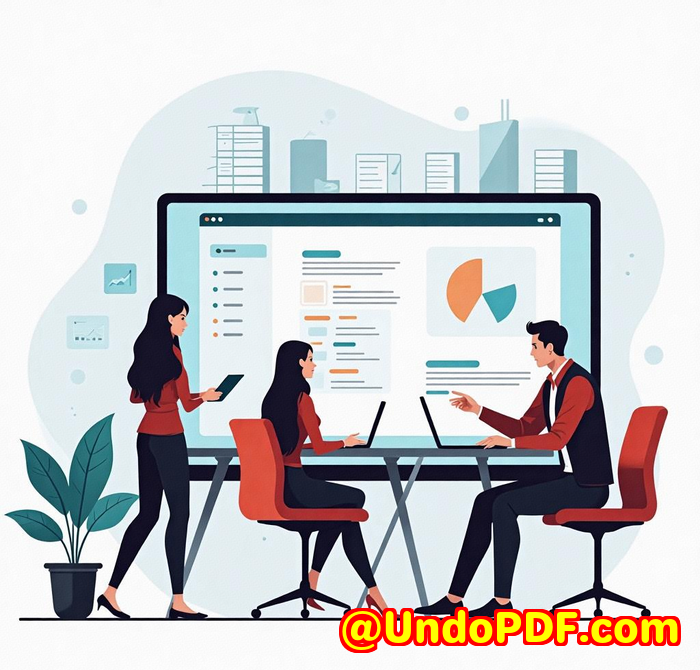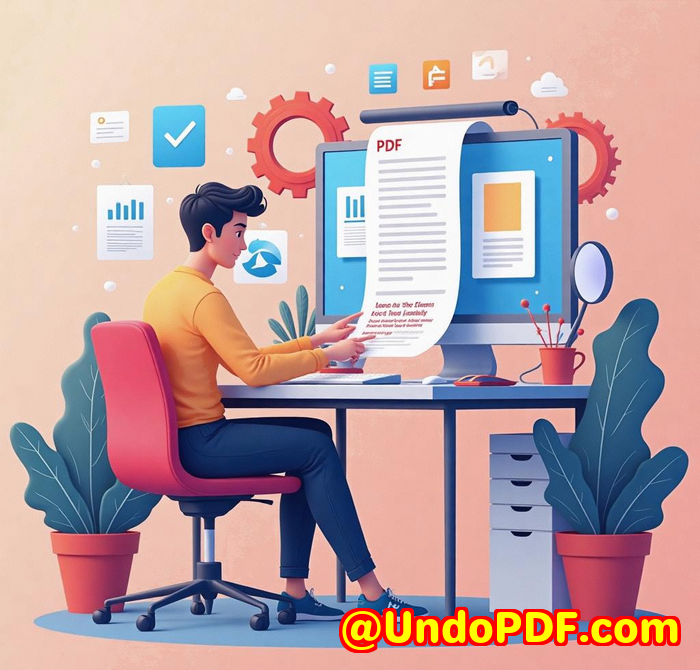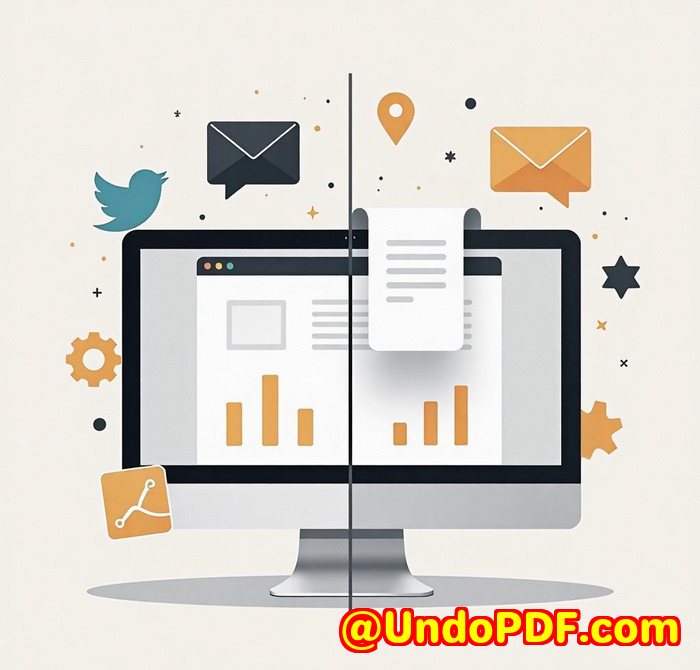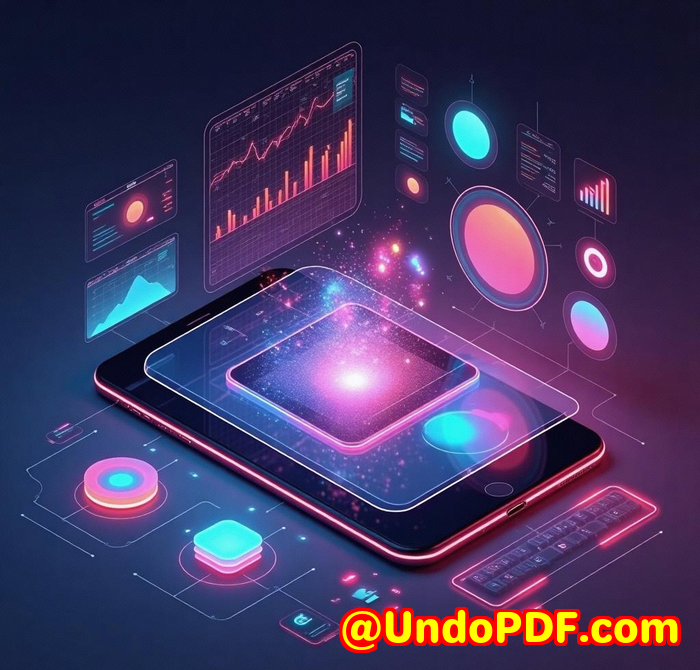PDF DRM for Confidential Engineering Drawings and CAD File Attachments
Title: How to Secure Confidential Engineering Drawings and CAD Files with PDF DRM
Meta Description: Discover how to protect confidential engineering drawings and CAD files with VeryPDF DRM Protector, a simple and secure solution for digital rights management.

Every time I’ve been tasked with handling sensitive engineering drawings and CAD files, the first thing that comes to mind is security. The stakes are high when you’re dealing with intellectual property, and it’s not just about locking files away. It’s about managing who sees them, how they use them, and when they can access them. Whether you’re working with blueprints for a new building project or a proprietary product design, ensuring that only the right people have access to these files is crucial.
That’s where VeryPDF DRM Protector comes in.
I stumbled upon this tool after years of using various DRM solutions that were either too complicated or ineffective in managing who could access my drawings. VeryPDF DRM Protector promised a more streamlined, user-friendly approach, so I decided to give it a try. Let me tell you, it changed the way I handle confidential files.
How VeryPDF DRM Protector Secures Engineering Drawings
The beauty of VeryPDF DRM Protector lies in its simplicity. Unlike other DRM tools I’ve tried, it doesn’t require any installation or a complicated setup. You can start protecting your documents right from your browser. This means no downloads, no registration, and no hassleperfect for someone who just wants a quick, secure solution without the tech-heavy setup.
The tool’s standout feature? AES 256-bit encryption. This is top-notch, NSA-certified encryption that ensures no one can crack into your confidential files. But encryption is just the beginning.
Here are a few ways VeryPDF DRM Protector stands out for protecting sensitive CAD and engineering drawings:
-
Control Who Sees What
With the ability to restrict document access to specific users, I can make sure only the right engineers or stakeholders get access to a certain file. This is critical when you need to keep certain designs within your team, without risking a leak to the wrong person.
-
Watermarking for Extra Security
Imagine sharing an engineering design with a third-party contractor, and wondering if they could share it elsewhere. VeryPDF DRM Protector automatically adds a dynamic watermark to every page, showing the recipient’s email address or any other identifying info. This discourages unauthorized sharing and helps track who has seen the document. The last thing you want is to see your drawings circulating without your consent.
-
Expiry Control
You can set access expiry dates, meaning that after a certain period, or after a specified number of views, the file simply becomes inaccessible. I’ve used this feature to share temporary drafts with my clients, knowing they’ll only have access to the latest version of the file for as long as needed. After that, the document disappears, reducing the risk of outdated information being shared.
-
Device Limitations
If you’re dealing with high-stakes designs, the last thing you want is someone downloading your file and distributing it across multiple devices. With VeryPDF DRM Protector, I can limit how many devices the document can be opened on, ensuring tighter control over where and how the file is accessed.
Real-World Application: Protecting CAD Files
I’ve used this solution with some of the most sensitive CAD files I’ve worked with. For example, during the design phase of a major infrastructure project, I needed to share detailed engineering plans with architects, engineers, and project managers. Each group needed different levels of access, and I couldn’t afford to let the wrong person see something they weren’t authorised to view.
With VeryPDF DRM Protector, I was able to:
-
Set up a secure environment for every user group.
-
Apply strict viewing rules: some could only view, while others could edit under supervision.
-
Ensure no one could print, copy, or forward the document without my approval.
This approach made the whole process much more manageable. Plus, the detailed analytics feature allowed me to track who had viewed the document, for how long, and whether they attempted to download it. This kind of oversight is something you don’t get with other DRM solutions, and it’s made a huge difference in how I manage confidential designs.
The Bottom Line: Why Choose VeryPDF DRM Protector?
The real question is: why not?
If you’re working with confidential engineering drawings or CAD files, I’d highly recommend VeryPDF DRM Protector. It gives you peace of mind knowing that your intellectual property is safe from unauthorized access. The features are intuitive, the setup is fast, and it’s effective at stopping the most common security threats.
If you’re tired of dealing with complicated software or unreliable DRM tools, give it a try. It works well for teams handling high-value designs and intellectual property, offering everything from encryption to user-specific access controls, all without a steep learning curve.
Click here to try it out for yourself: https://drm.verypdf.com/
Custom Development Services by VeryPDF
VeryPDF offers tailored solutions to fit your unique document security needs. Whether you’re looking for custom DRM implementations or integrations with your existing systems, VeryPDF can help.
Here are just a few ways we can assist:
-
Custom PDF DRM Solutions: Integrate digital rights management into your business workflow, making sure your sensitive files are always protected.
-
Integration with Enterprise Systems: VeryPDF DRM Protector can be connected with your LMS, CRM, or eCommerce systems, ensuring seamless protection across all channels.
-
Advanced Document Processing: Need custom workflows for document conversions, barcode recognition, or OCR? VeryPDF has you covered.
If you have specific requirements, reach out to us via our support center at http://support.verypdf.com/ to discuss how we can help you secure your content.
FAQ
-
Can I control who views my CAD files with VeryPDF DRM Protector?
Yes! You can set permissions for specific users and restrict access based on roles or email addresses.
-
How can I prevent users from copying or printing my engineering drawings?
VeryPDF DRM Protector allows you to disable printing, copying, and downloading, ensuring that only authorised users can access the content.
-
Can I add watermarks to my files automatically?
Yes! The tool supports dynamic watermarking, which automatically embeds identifying information on your documents.
-
How does the file expiration feature work?
You can set expiration dates or view limits, after which the document will no longer be accessible.
-
What types of files can I protect with DRM?
VeryPDF DRM Protector supports PDFs, images, videos, audio files, and more.
Tags or keywords
-
CAD file protection
-
PDF DRM solution
-
Engineering document security
-
Protect confidential designs
-
VeryPDF DRM Protector



